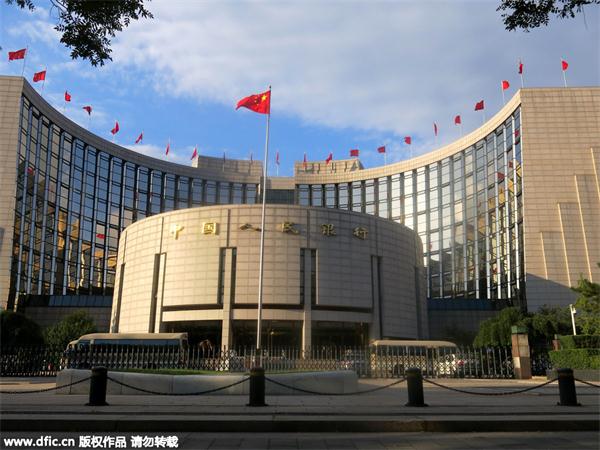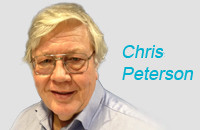China's central bank dismisses QE rumor
Updated: 2015-10-29 13:59
(chinadaily.com.cn)
|
|||||||||||
 |
|
View of the headquarters and head office of the People's Bank of China (PBOC), China's central bank, in Beijing, China, June 27 2015. [Photo/IC] |
The People's Bank of China (PBOC) issued a text of a press conference on Monday in which it clarified for a second time that cuts on interest rate and reserve ratio requirement are not equal to quantitative easing.
Here's the text of the PBOC release.
Q: Would you please elaborate on the significance of lifting the ceiling on deposit interest rates this time? What will be other considerations from the bank for the interest rate regulation and control in the future?
A: The interest rate liberalization is regarded as one of the core reforms in financial field. Lifting the ceiling on the deposit interests in commercial banks and rural cooperative financial institutions has shown that the country has basically loosened the interest rate control, a crucial step in financial reforms, and that the interest rate liberalization has entered a new stage. The milestone decision fully demonstrates China's confidence and resolve to deepen reforms.
The deregulation has played an important role in optimizing allocation of resources. Under an environment where interest rates are liberalized, the leverage function of rates price will be further enhanced, pushing financial resources to flow to the industries and enterprises where they are in real need and the market will play a decisive role in resources allocation. Particularly at present when Chinese economy is in a critical period as the old industries and developing engines shift into the new ones. The deregulation of interest rates can provide more space to financial institutions, allowing them to choose sectors and enterprises in accordance with the market principle. It is also conducive to a healthy sustainable growth, structural adjustment, and to the wellbeing of people's livelihood.
The basic deregulation of interest rates can inject new impetus into the financial institutions' transformation and growth. With the lifting of the ceiling on deposit interests, the traditional management models in which larger economic scales mean higher effectiveness due to the interest rate protection will no longer be unsustainable. Financial institutions will be encouraged to set up "profit-oriented" management conception, accelerate the transformation of management models, improve the pricing system, enhance the ability of independent pricing, and cultivate differentiated, various and sustainable management models to improve financial service levels.
The interest rate liberalization also paves ways for the transformation of monetary policy controls. As financial innovations prosper, the relevance between money supply and the economic growth as well as inflation targets will decrease. The liberalization will promote interest rates to reflect a true picture about the market demand and supply and therefore serve as an important reference for the central bank. The monetary policy will shift quantity-based to price-based. As learnt from international experience, such transformation will lead to more efficient macroeconomic control, while interest rate liberalization is the precondition.
Meanwhile, it should be noted that accompanying the lift of the deposit rate ceiling, China's interest rate market has entered a new stage, whose core is to establish and improve the mechanism of interest rates formation and regulation that are adapted to the markets in order to increase the effectiveness of the central bank's management. In this process, the interest rates management of the central bank will be more dependent on the market tools of monetary policy and transmission mechanism. That is to say, the policy rate system of the PBOC should be established and improved in order to direct the whole market rates. At the same time, the cultivation of the market benchmark rates and yield curves should be accelerated so that financial products could be priced under the basis and the differentiated pricing system will be formed. Furthermore, a transmission mechanism will take shape between the policy rates and the benchmark interest rates of various markets ranging from money markets, bond markets to credit markets that will impact the real economy. As a result, a mechanism for rate setting, transmitting and regulating will be formed, which will take markets as the main body, the PBOC as the leading role and various types of financial markets as the main line and radiate the whole financial markets. In this way can market mechanism actually play a decisive role in interest rates formation and resource allocation.
Related Stories
China's rate cut very different from QE: Central bank 2015-10-26 14:19
No QE needed for China despite downward pressure on economy: US expert 2015-05-16 13:51
Central bank to expand relending pilot program 2015-10-12 15:08
Credit-asset pledged relending expansion not QE 2015-10-15 08:47
China not joining 'QE club' 2015-05-09 10:55
Today's Top News
Two-child policy to add $12b in consumption
China to buy Airbus jets in $17b deal
China to allow two children for all couples
China's central bank dismisses QE rumor
Chinese premier holds talks with German chancellor
Refugee crisis continues to create rift between pro-Europeans, Eurosceptics
Rescue operations continue in quake-stricken Afghan provinces
Dutch King receives Dutch rabbit with Chinese characteristics
Hot Topics
Lunar probe , China growth forecasts, Emission rules get tougher, China seen through 'colored lens', International board,
Editor's Picks

|

|

|

|

|

|






